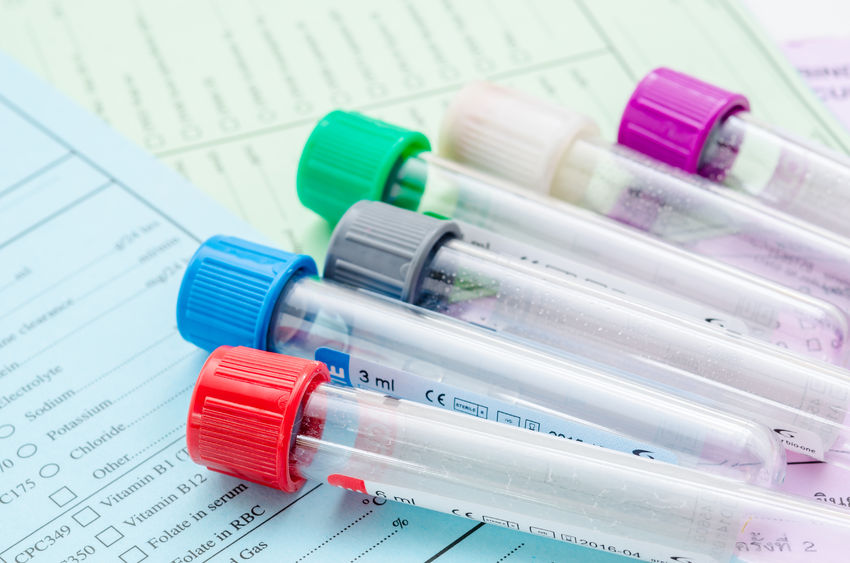
Allergy Mango Fluorescence Assay Blood
What is this test?
This evergreen tree (in a family that includes Cashew, Pistachio and Poison ivy) has been cultivated for over 6,000 years. It is native to Southeast Asia and Indo-Malaysia. Some 35 Mangifera species grow in Southeast Asia, but many are now cultivated or have become naturalised in tropical and sub-tropical regions throughout the world. Mango may result in hypersensitivity reactions in Mango-sensitised individuals. Adverse reactions may occur as a result of ingestion of Mango or contact with the skin of Mango. Allergy to Mango as a result of cross-reactivity to Latex has been described. Among the symptoms reported in individual cases are urticaria, facial swelling, angioedema, pruritis of the eyes and/or mouth, more-generalised pruritis, abdominal cramping, erythema, and dermatitis. Respiratory complaints include wheezing, dyspnoea, and asthma. Traditional allergy tests utilize the Skin Prick method (also known as a Puncture or Scratch test) to determine whether an allergic reaction will occur by inserting possible triggers into your skin using a needle prick. If you are allergic to the substance, you are forced to suffer through your body's reaction to the allergen. Enjoying a mango
Also known as Allergy Mango Fluorescence Assay.
Test Preparation
No special preparation is needed for Allergy Mango Fluorescence Assay Blood. Inform your doctor if you are on any medications or have any underlying medical conditions or allergies before undergoing Allergy Mango Fluorescence Assay Blood. Your doctor depending on your condition will give specific instructions.
Understanding your test results
| Gender | Age groups | Value |
| UNISEX | All age groups | Increased IgE (>100kU/l) is seen if the person is allergic to the specific substance |

